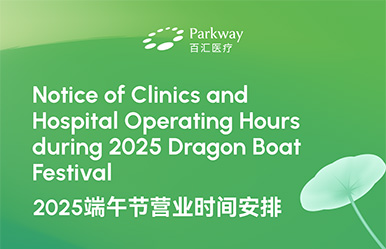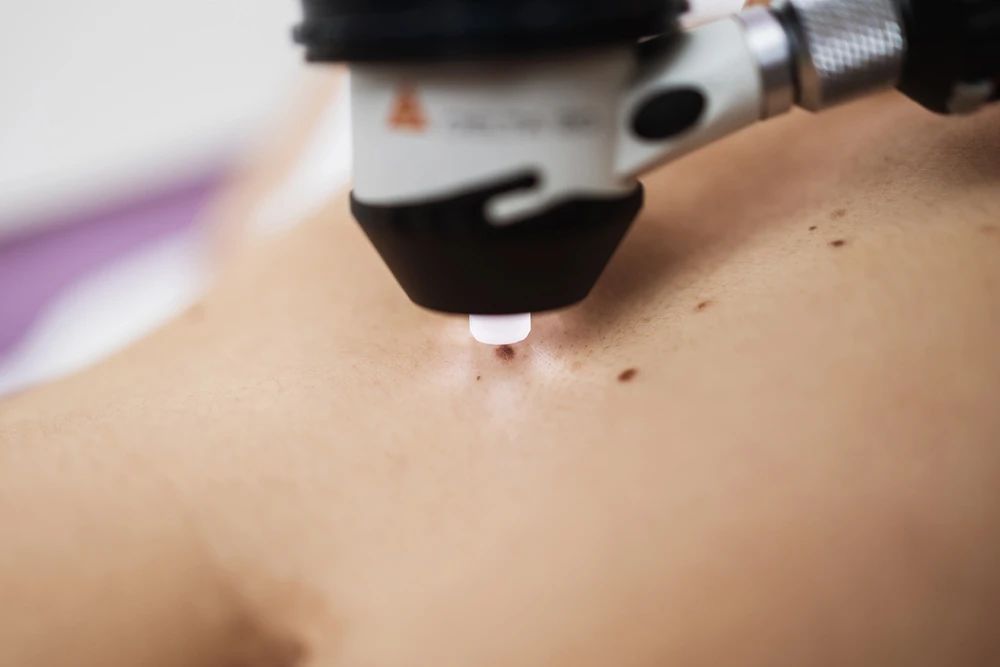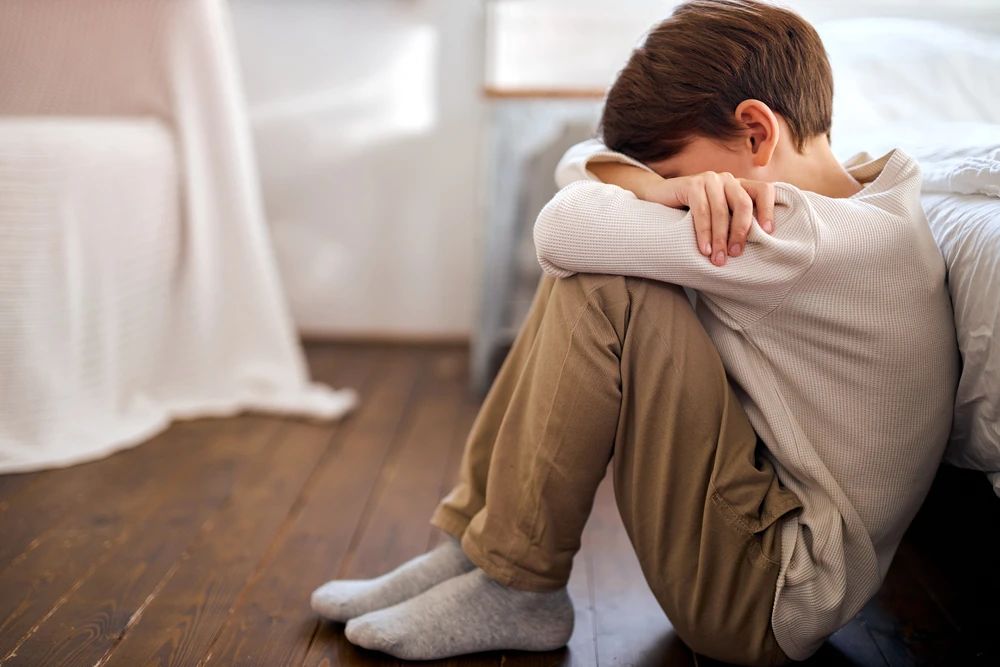How to Prevent Falls and Injuries in Children
2021-06-04
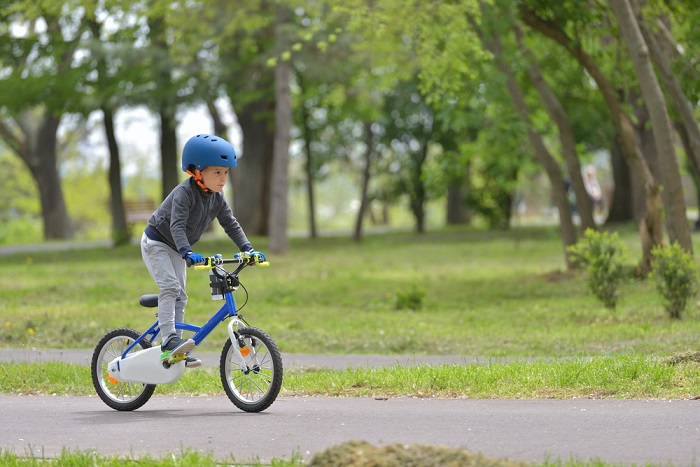
As your child learns to crawl and walk, the occasional falls and scrapes are inevitable. Here are a few things you can do to make your surroundings as safe as possible for your child.
Engaging in play is crucial to the development of children's gross and fine motor skills to promote greater independence and self-confidence. As they explore and move around, it is not possible to keep your child completely free of bumps, bruises and scrapes. Hence it is important to be aware of the common causes of injuries that could see your child in a hospital so that you can take the necessary precautions by safe proofing your surroundings, both at home, school or childcare and outdoors.
What are some of the common modes of injuries in children?
Knowing what to look out for and addressing the safety risks in your child’s surroundings can be very helpful in preventing unnecessary falls and injuries. Some of the most common causes of childhood injuries are:
Falls (most common), resulting in cuts, bruises, head injuries:
- Falling from high furniture such as beds, sofas, chairs, walkers
- Falling from high playground structures such as monkey bars
- Slipping on wet floors, toilets
- Tripping over rugs and obstacles on the floor
Limb injuries:
- Getting fingers caught in doors or drawers
- Fractures or dislocation of bones and joints
Burns and scalds: pulling over hot kitchenware, spilling of hot drinks/soups
Ingestion or insertion of foreign bodies: Choking or swallowing small parts of toys, batteries, magnets or food; inserting into nose or ears.
Others:
- Accidental poisoning from drinking medications, household cleaning agents
- Suffocation from plastic bags, pillows or blankets
- Strangulation from dangling cords
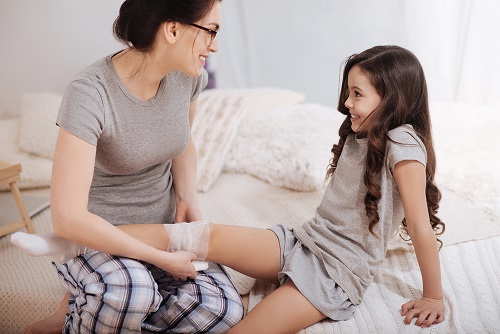
How can you child-proof your home?
Research has shown that majority of childhood injuries occur at home. Your first line of defense is to child-proof your home by removing items that can be the source of falls and injuries. Here are some simple actions you can take:
- Use non-slip bathmats in the shower, bathtub and bathroom area
- Always supervise your child in the bath. Never leave them alone as drowning can happen very quickly
- Ensure the floor is dry and free of clutter
- Add soft edge guards to furniture with sharp corners such as coffee tables
- Offer child-safe toys that do not contain small pieces your child could choke on. Ensure the child does not have easy access to batteries in the toys
- Install a safety gate at the entrance to the kitchen and at the top and bottom of any staircase
- Keep balcony doors and windows locked
- Ensure your toddler is supervised around the house as they are learning to crawl, walk or climb
- Keep household cleaners and medications out of reach by installing child-locks on the storage cabinets or storing these in a high cupboard out of their reach
- Plug in protective covers to low electrical sockets
- Secure any dangling cords around the home such as on curtains and blinds
- Screw heavy free-standing furniture to the wall
It would also help for you to gently but firmly guide your infant, toddler or child to avoid actions or activities that may put them at risk of injuries.
How can you keep your child safe while you are outdoors?
Spending time outdoor is increasingly recognized as essential for children’s healthy development. If you’re concerned about their safety, here are some of the things you can do to help prevent childhood falls and injuries while you’re out and about:
- Always hold your child’s hand when using an escalator. Make sure they do not wear loose clothes or footwear that can get caught in the moving steps. Ensure that your child keeps their feet away from the edges of the escalator steps.
- Look for playgrounds that have shock-absorbing surfaces like wood chips, rubber or sand. It is less painful for your child to fall on those surfaces as compared to cement, dirt or turf. The playground should preferably be located far away from roads to reduce the risk of your child straying onto the road.
- Use a stable stroller and don’t hang heavy bags on the handles as this may cause the stroller to fall backwards.
- When your child is playing sports or using fast-moving equipment such as a scooter, bicycle, skateboard or skates, ensure they wear protective gear (helmet, wrist guards, knee guards and elbow guards etc.).
What should you do if your child has a bad fall or injury?
When your child has a serious tumble from an elevated surface such as a sofa, bed or table, check thoroughly for injuries, especially the mouth, head and limbs. You need to ensure that they do not have any serious open wounds, broken bones, internal injuries or a concussion.
If your child is behaving normally after the initial shock from the fall, they are probably fine. However, you should continue to observe them for the next 24 hours to ensure they remain well, especially if they landed on their head. If you’re worried after a serious fall or unsure whether your child has suffered any injuries, always seek advice from a medical professional or your child’s doctor.
Head to the nearest accident and emergency department (A&E) immediately if your child is having any of the following:
- Loses consciousness
- Fits/convulsion/seizure
- High fever
- Recurrent vomiting, appears confused, prolonged crying
- Bleeding and you are unable to stop it
- Strains or sprains
- Burns and cuts
- Swallowed foreign objects or medicines unintentionally
Article reviewed by Dr. Dacy Wang, Pediatrician at ParkwayHealth.

Copyright: Health Plus an online health and wellness web resource developed by Parkway Singapore
References:
1. Childhood injuries: common causes. Retrieved on 17/2/20 from https://raisingchildren.net.au/toddlers/safety/home-pets/childhood-injuries
2. Infant and toddler health. Retrieved on 17/2/20 from https://www.mayoclinic.org/healthy-lifestyle/infant-and-toddler-health/in-depth/child-safety/art-20046124
3. Falls: What to do when a baby or toddler gets a bump on the head. Retrieved on 17/2/20 from https://www.babycenter.com/0_falls-what-to-do-when-a-baby-or-toddler-gets-a-bump-on-the-h_397.bc
4. Choking. Retrieved on 2/7/20 from https://kidshealth.org/ens/parents/choking.html








